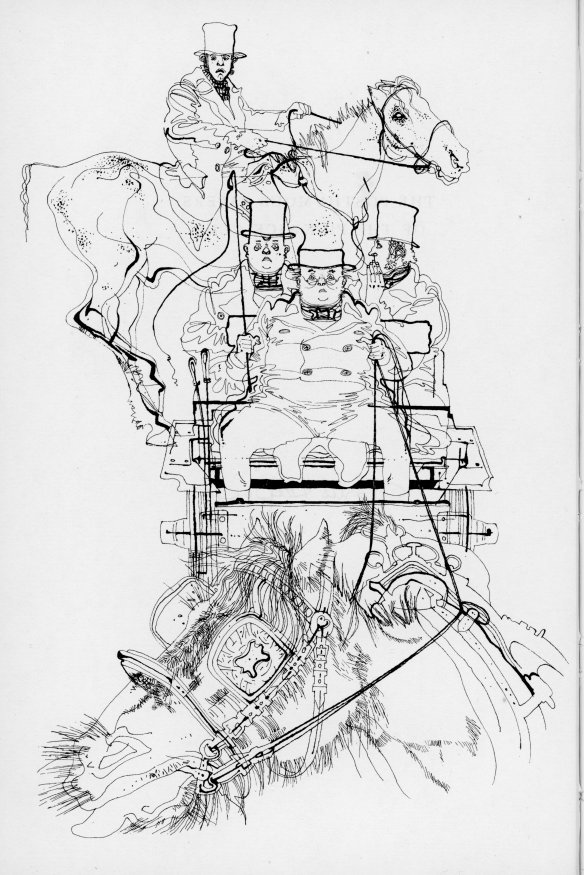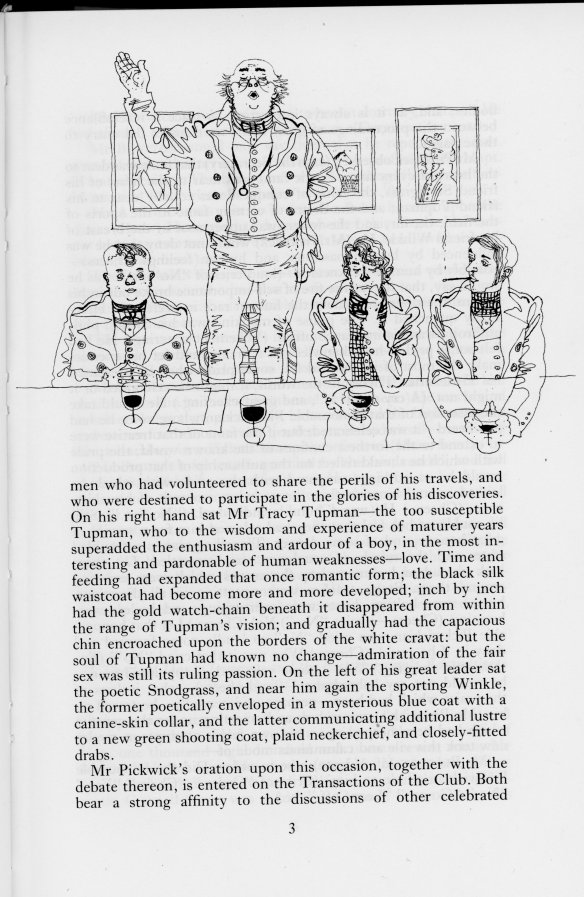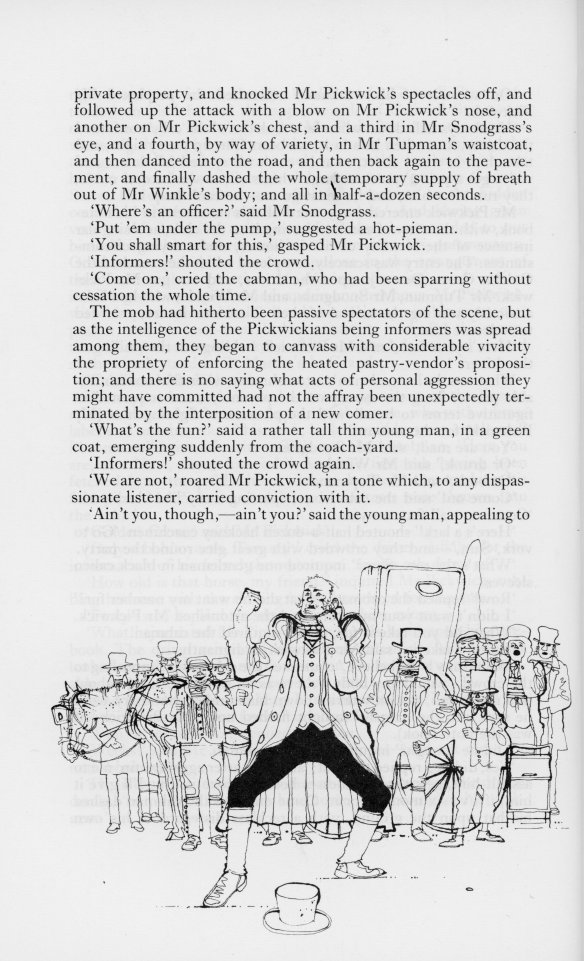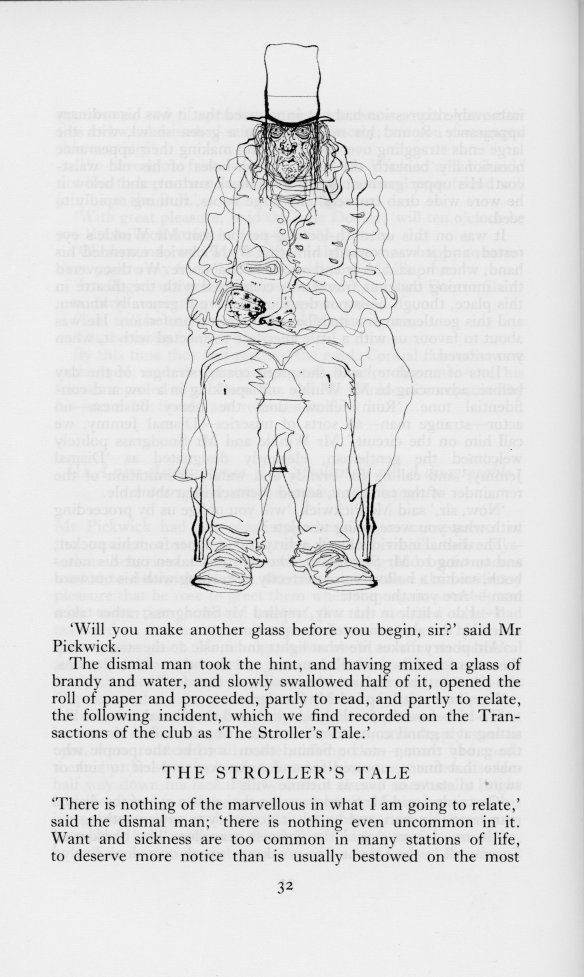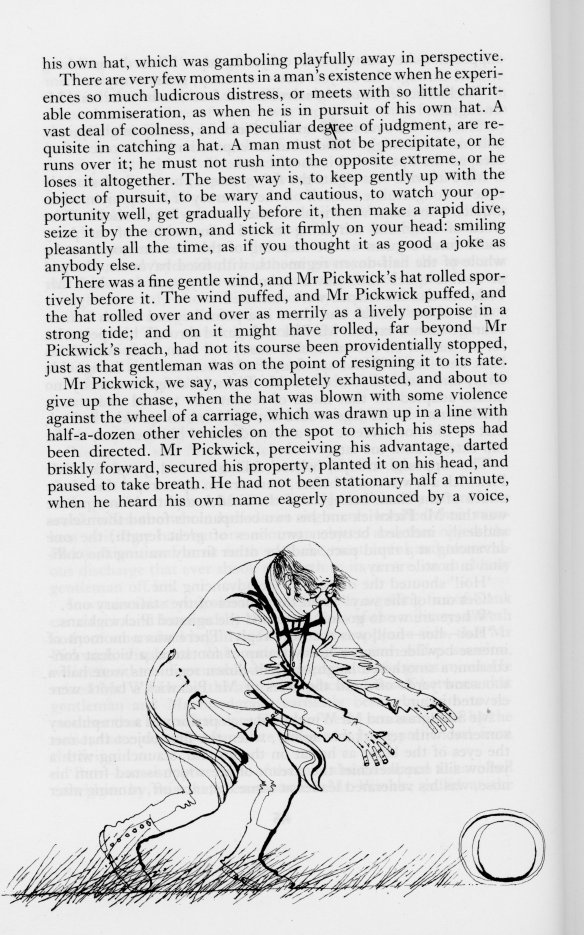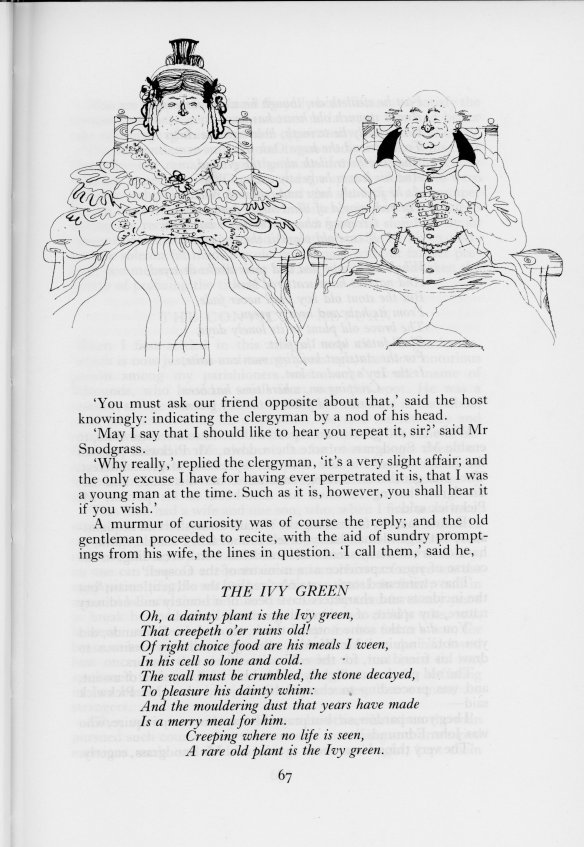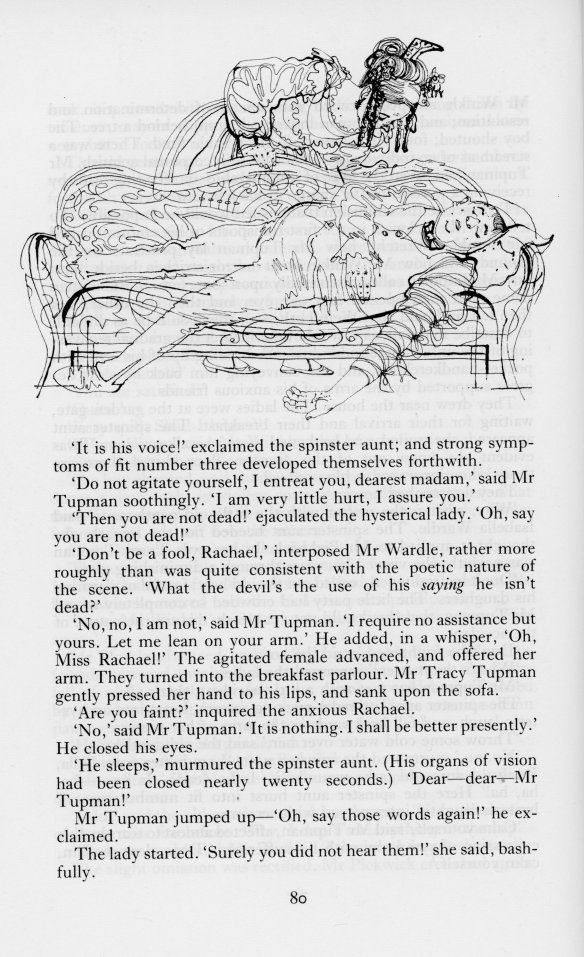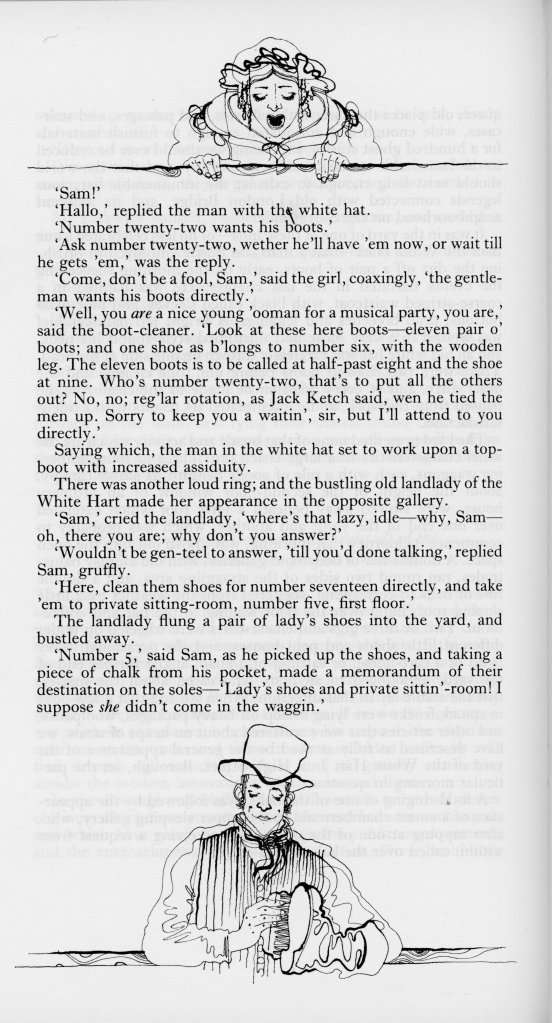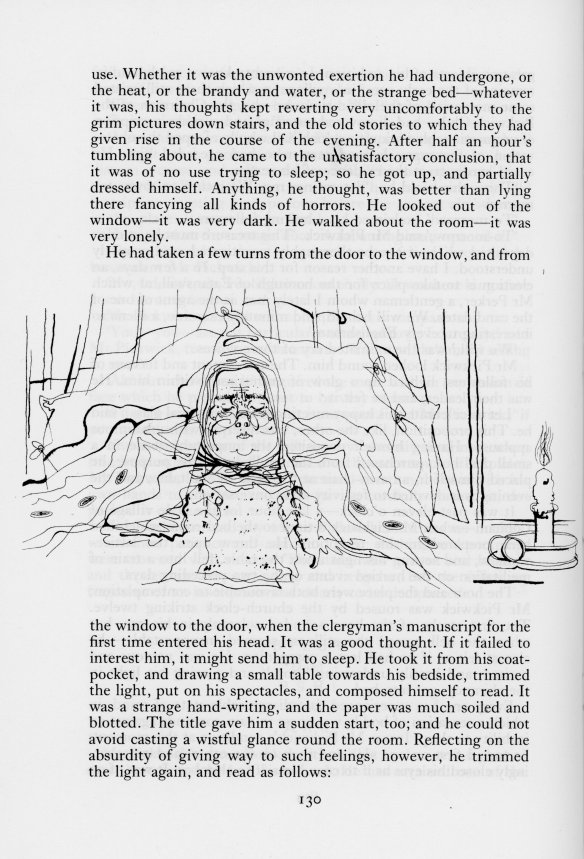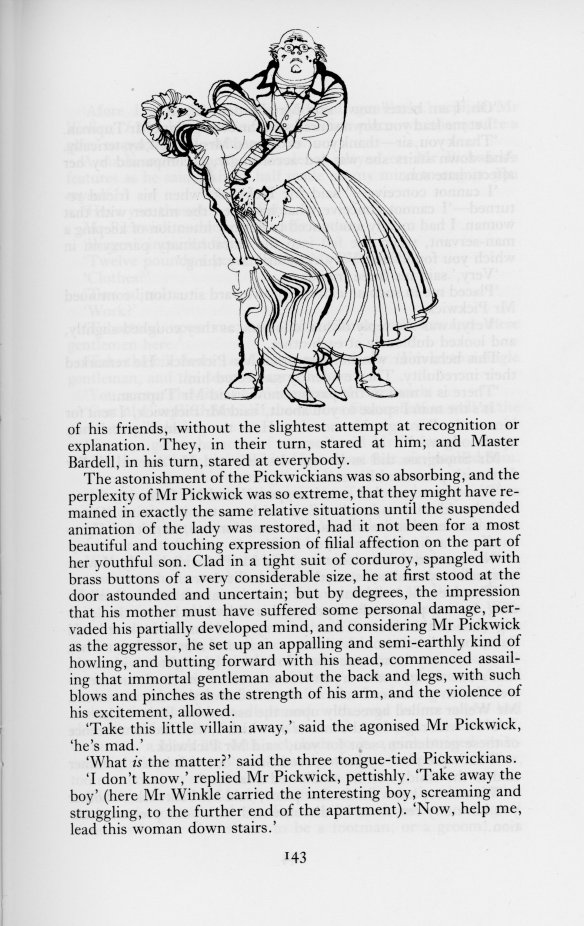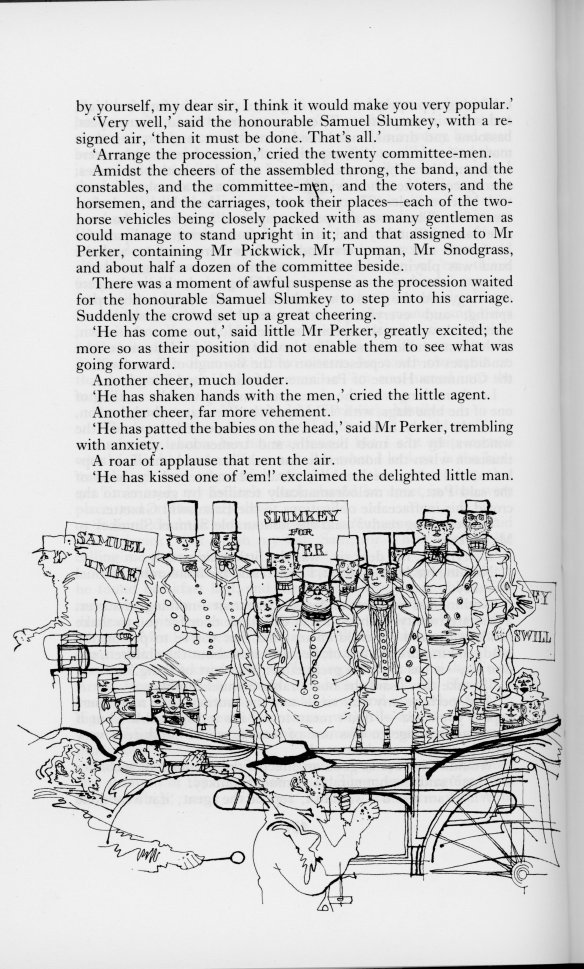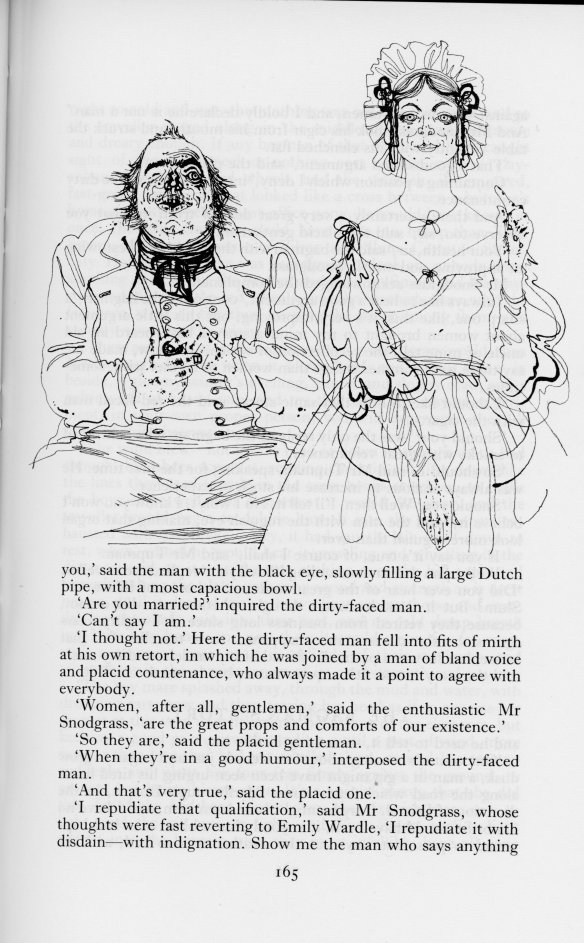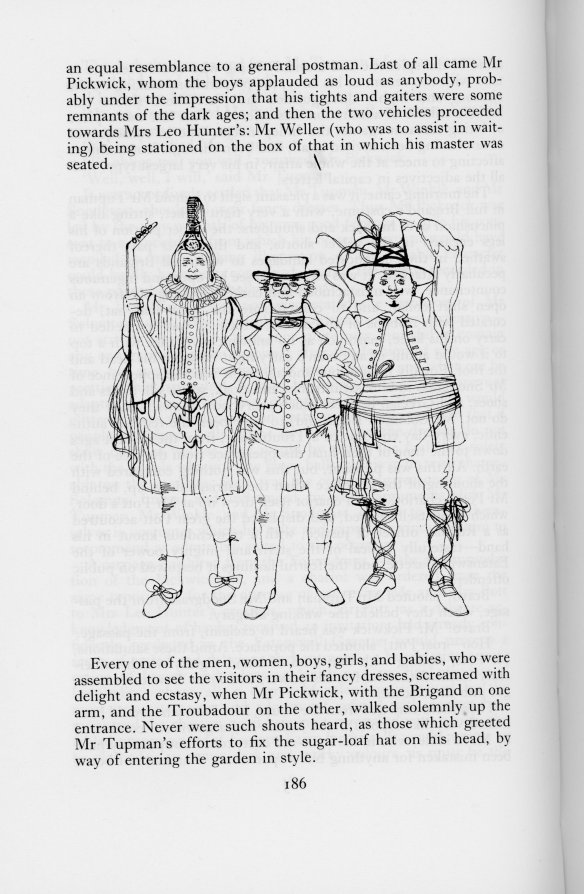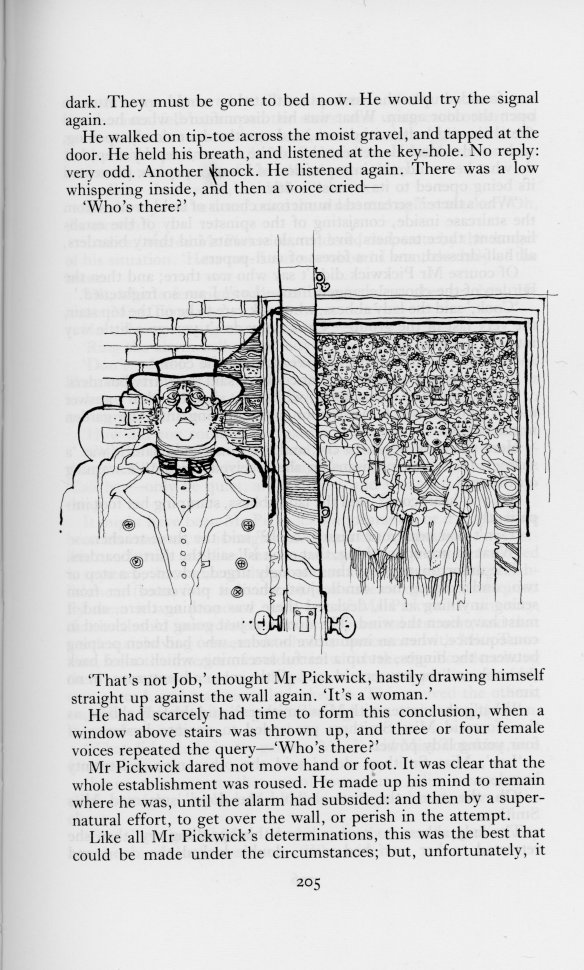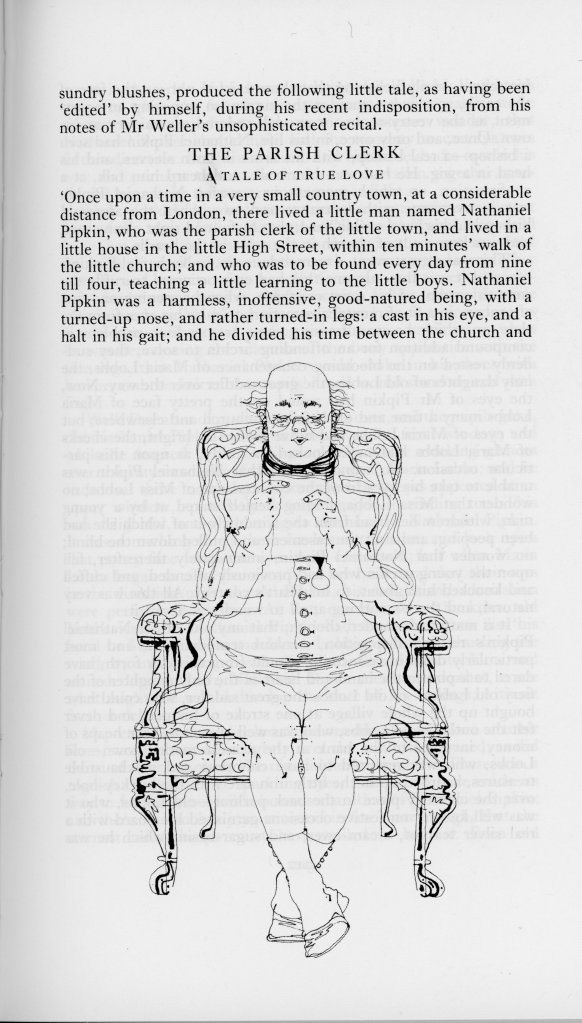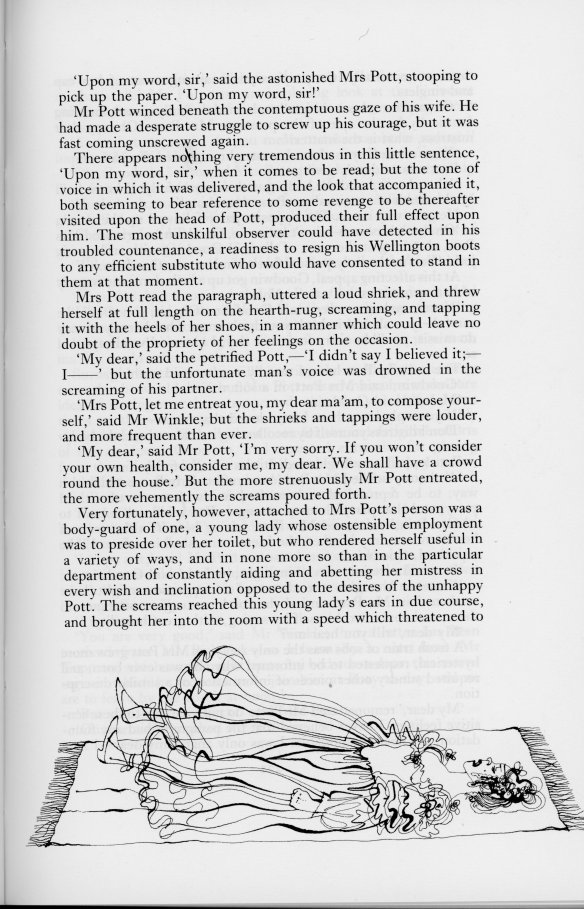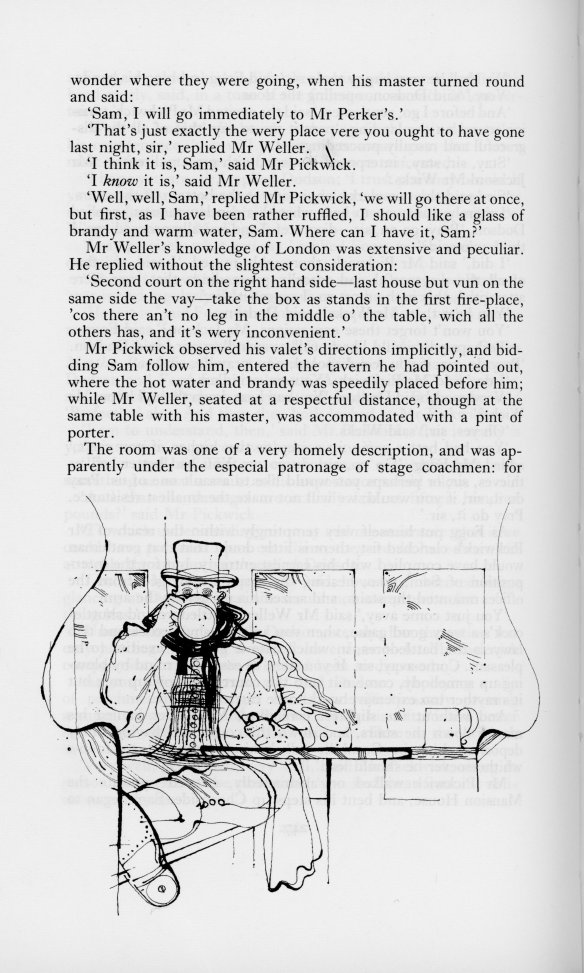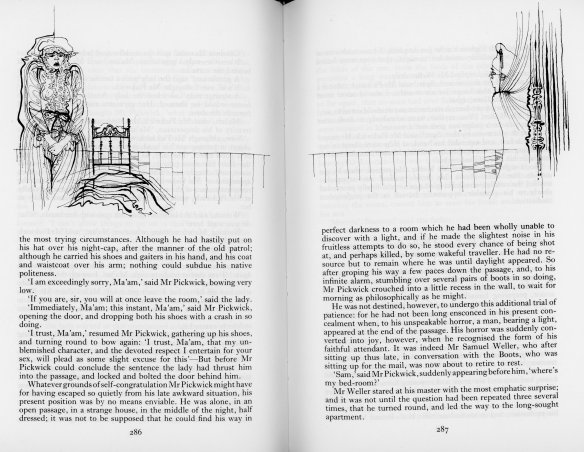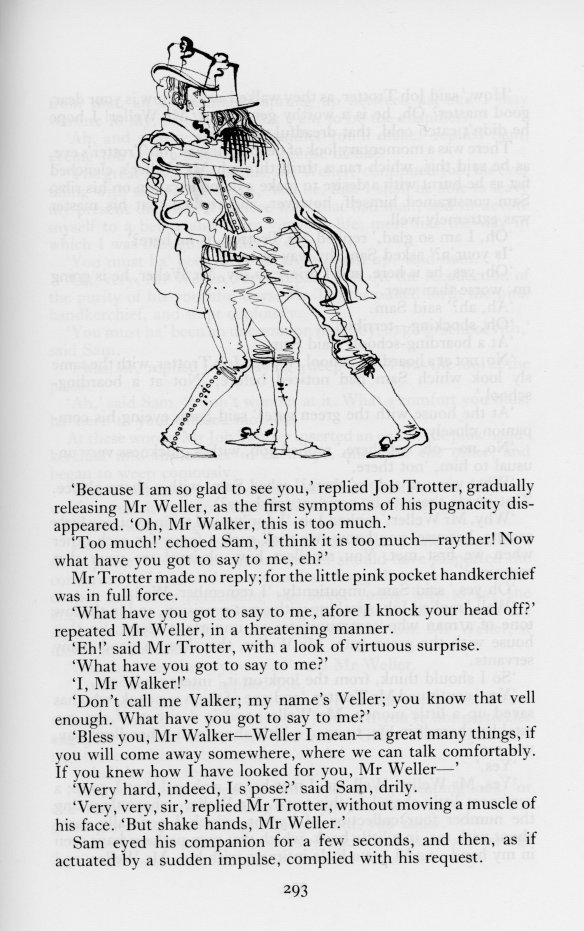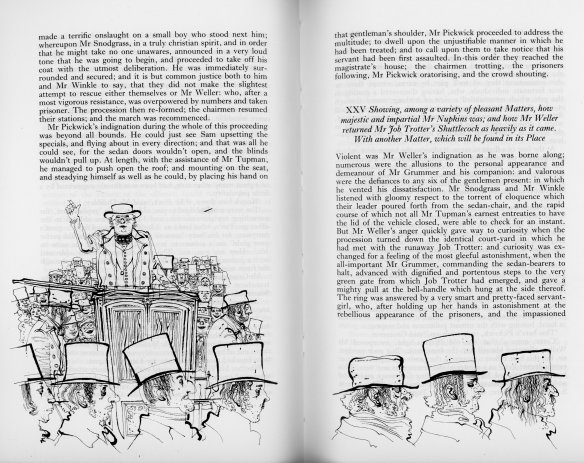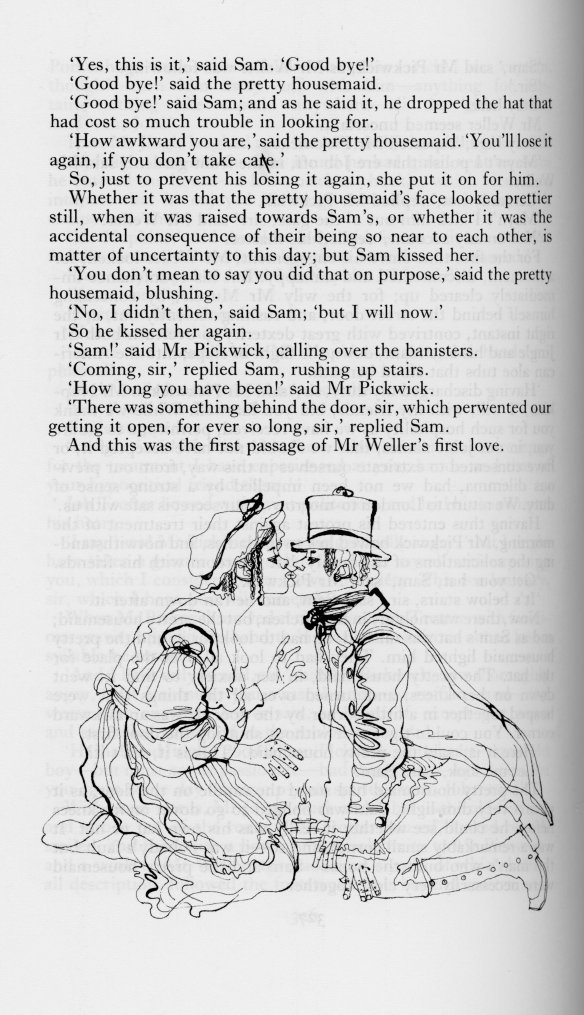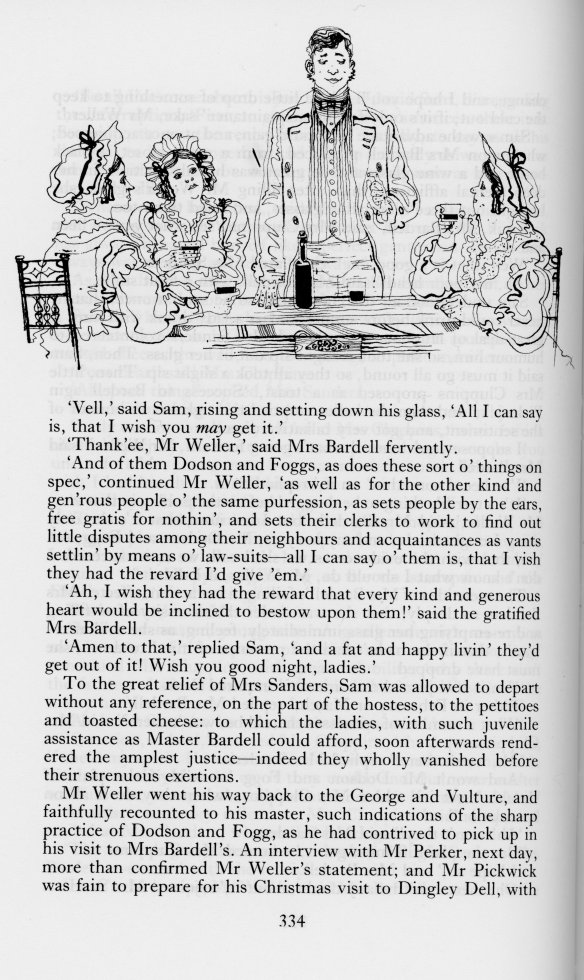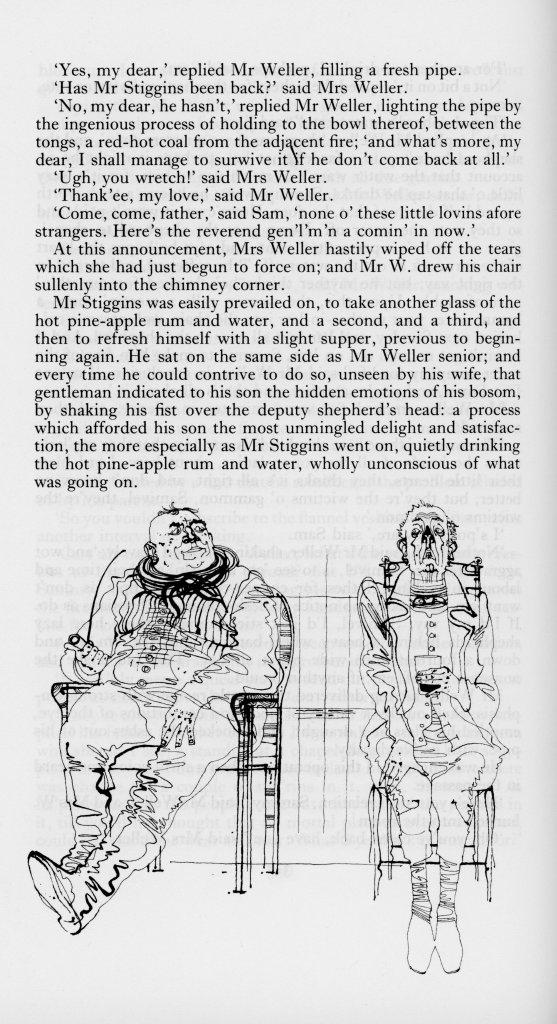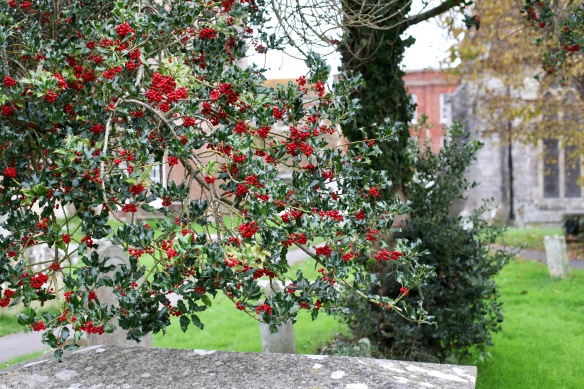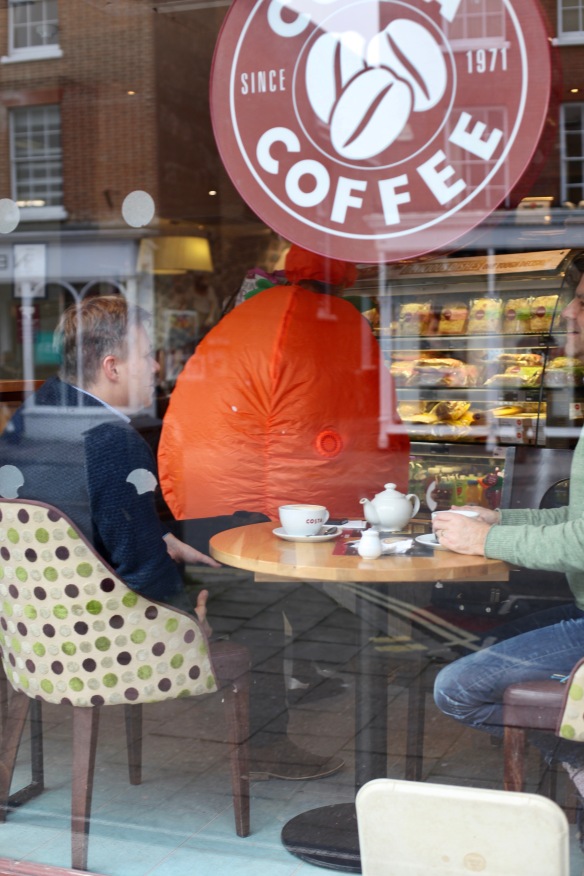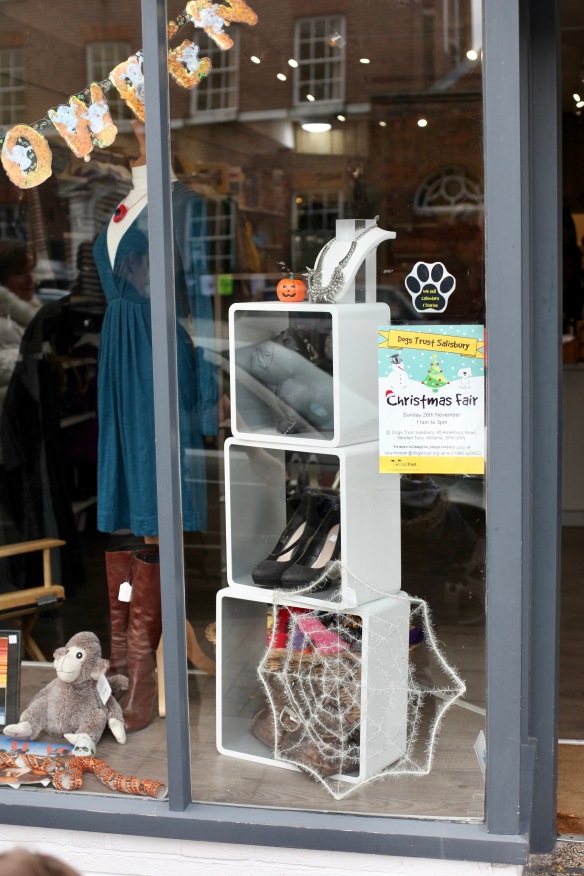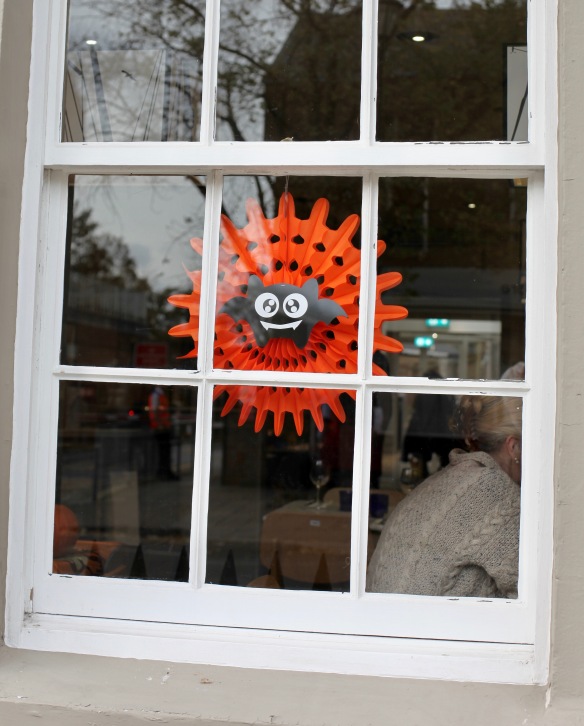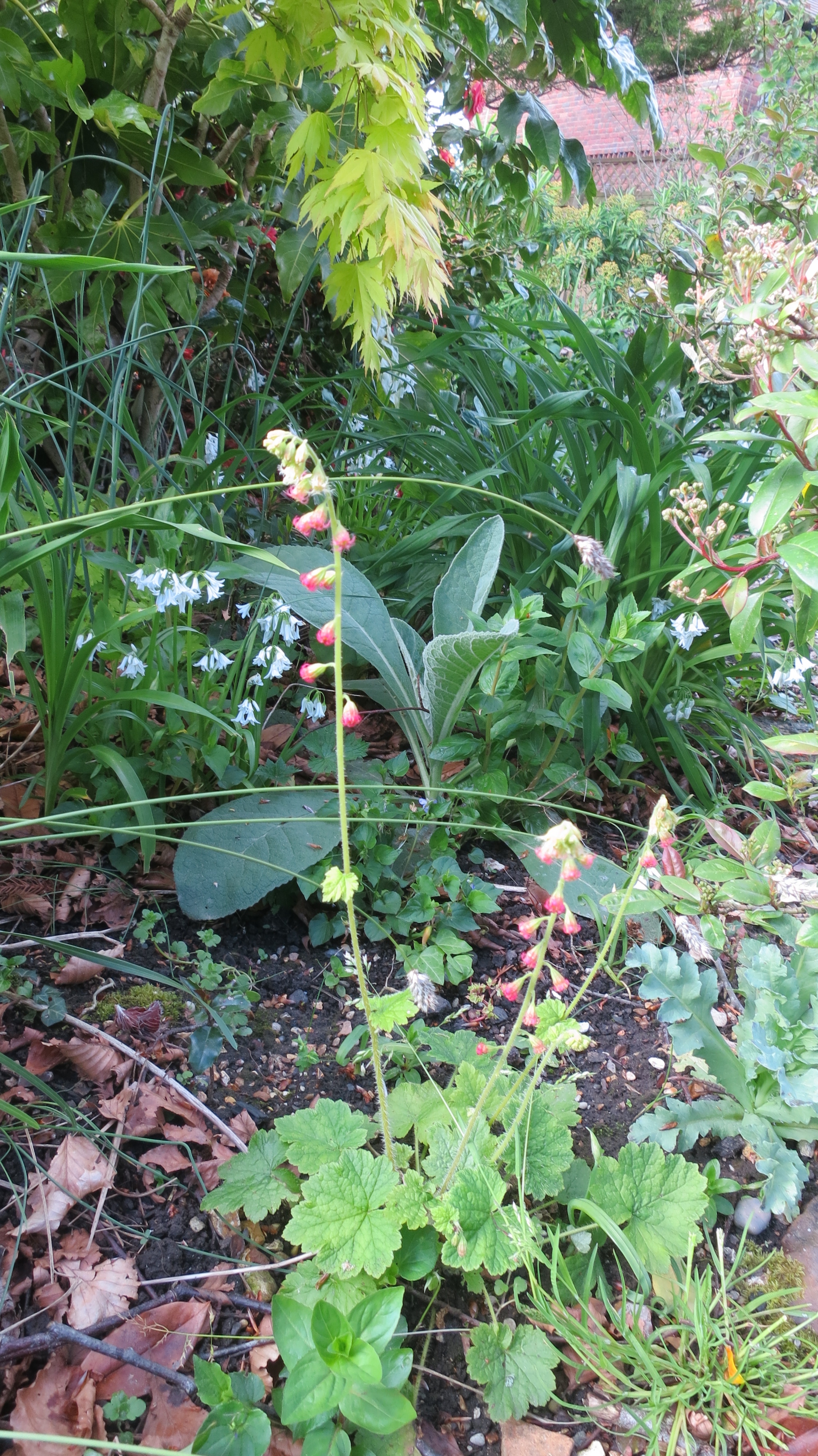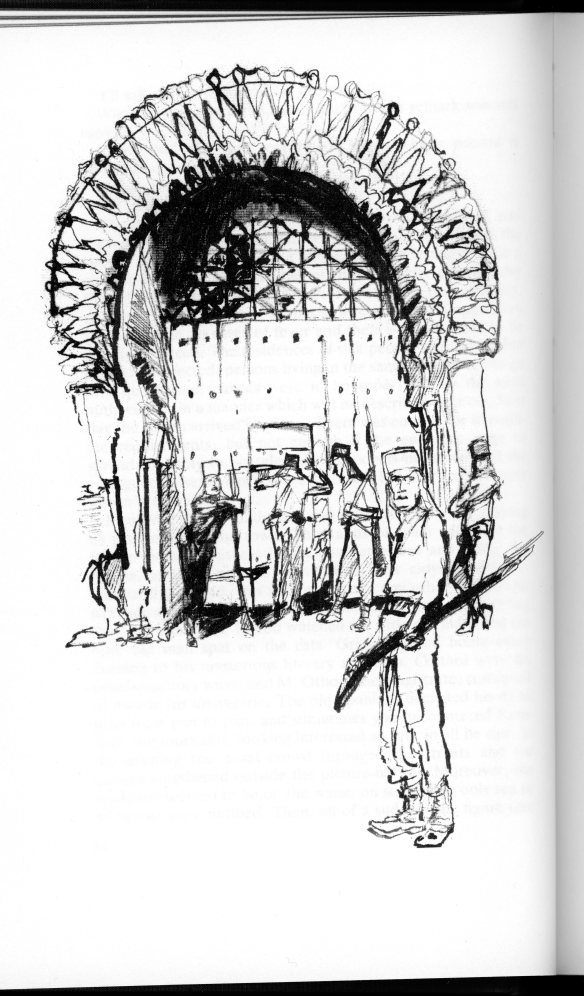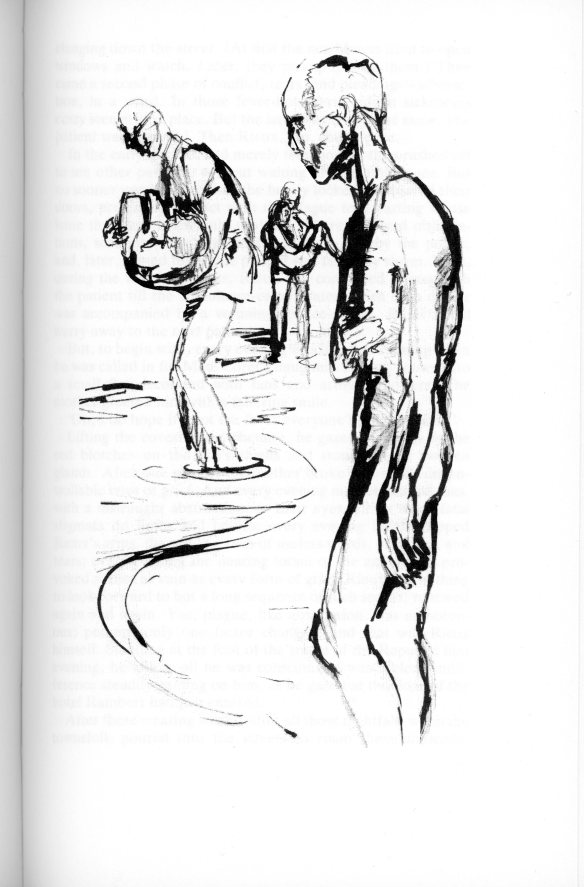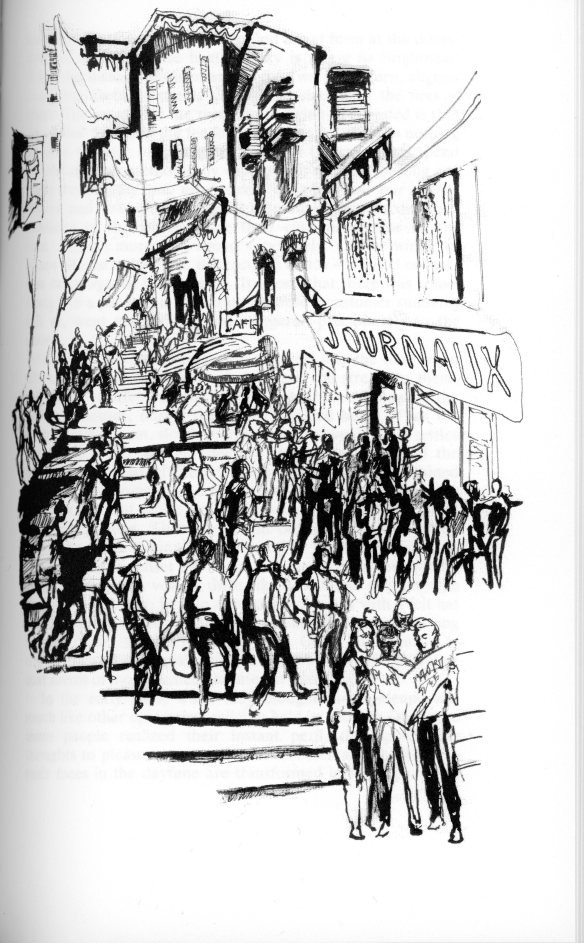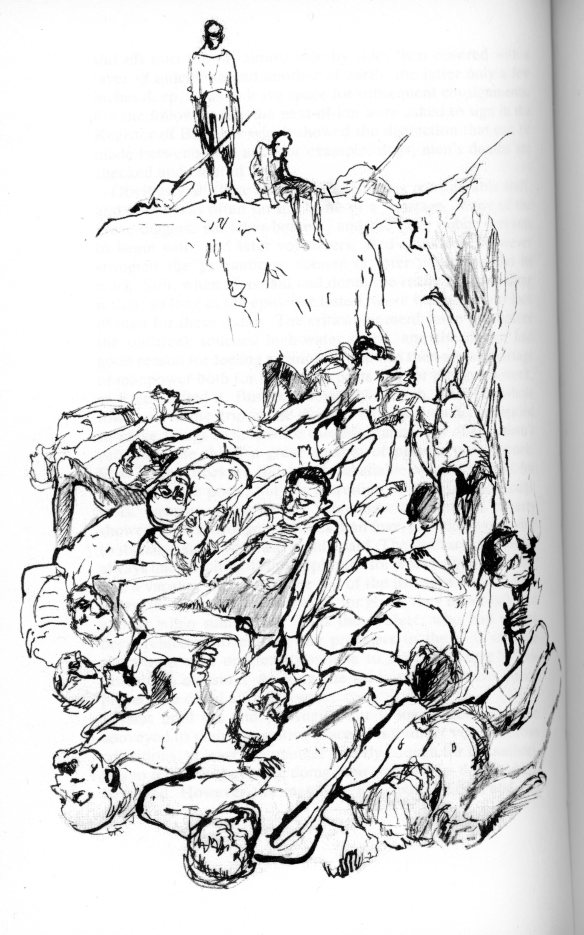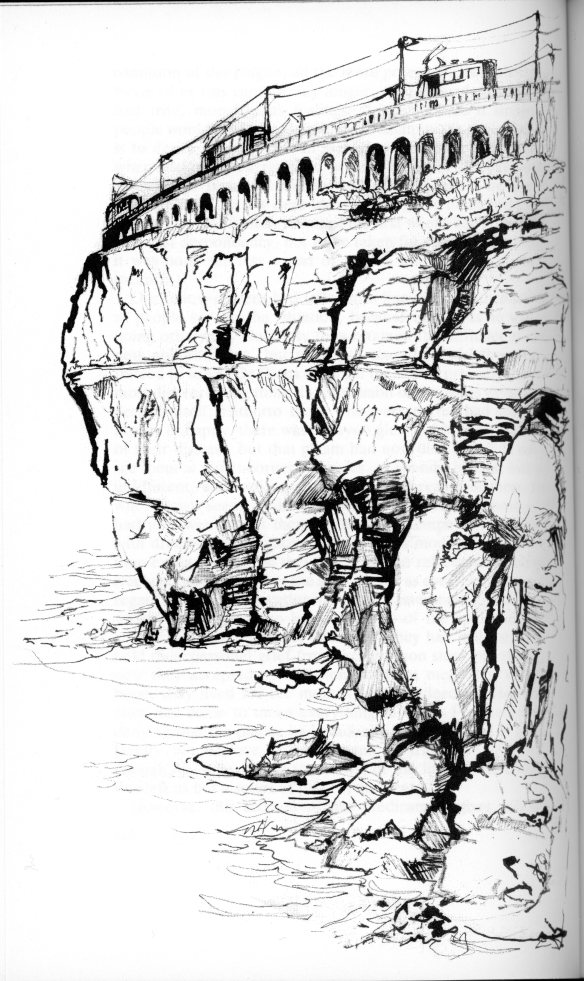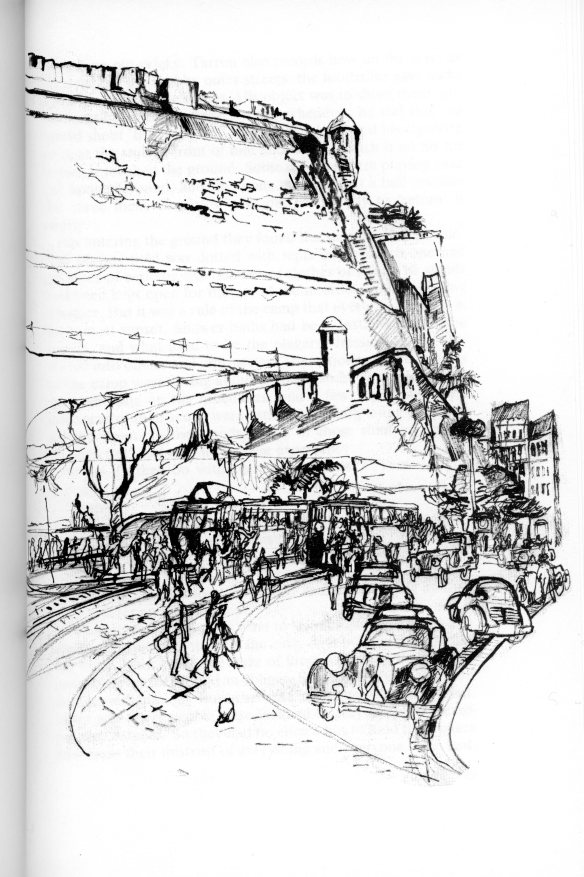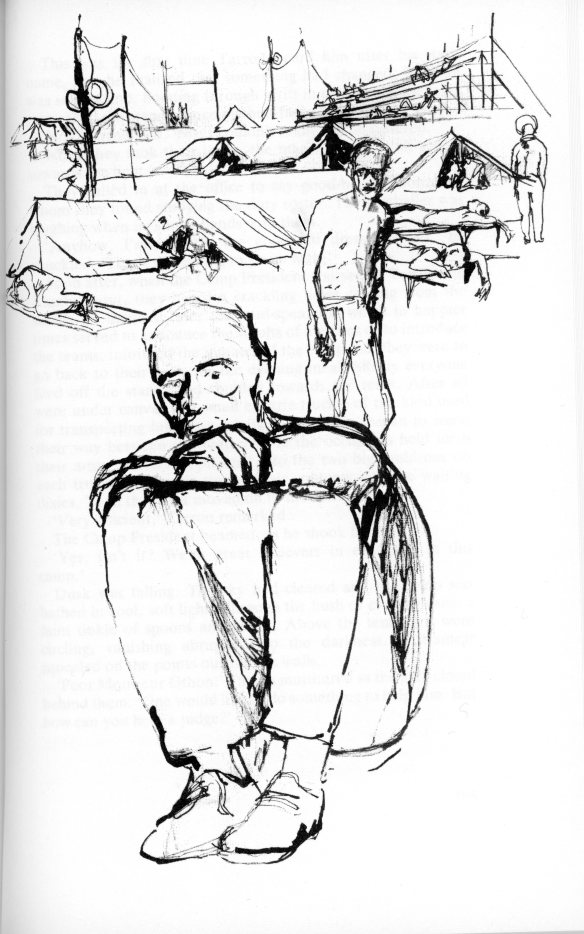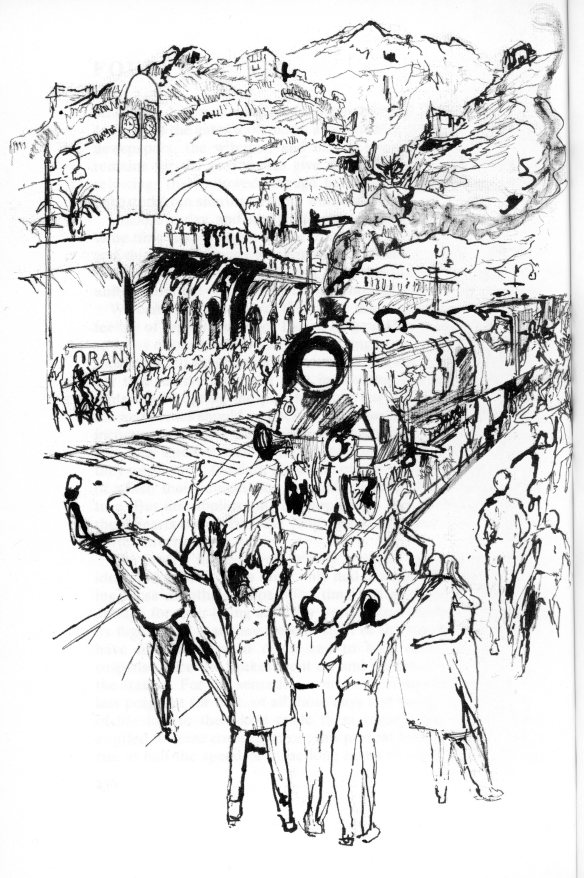This afternoon I watched the BBC broadcast of the Six Nations rugby match between Scotland and Ireland.
The following three paragraphs have been taken from http://www.beautifulbritain.co.uk/htm/outandabout/eyam.htm
The site contains more information and relevant details.
‘It’s hard to imagine that the quiet village of Eyam, off the A623 in Derbyshire, could have such a fascinating, yet tragic story to tell. But …. at the end of August 1665 bubonic plague arrived at the house of the village tailor George Viccars, via a parcel of cloth from London. The cloth was damp and was hung out in front of the fire to dry, thus releasing the plague infested fleas. On 7th September 1665, George Viccars, the first plague victim, died of a raging fever. As the plague took hold and decimated the villagers it was decided to hold the church services outdoors at nearby Cucklett Delf and, on the advice of rector William Mompesson and the previous incumbent Thomas Stanley, villagers stayed within the confines of the village to minimize the spread of the disease. Cucklett Delf was also the secret meeting place of sweethearts Emmott Sydall, from Eyam, and Rowland Torre, who was from a neighbouring village. They would call to each other across the rocks, until Emmott Sydall herself became a victim of the plague. Six of the eight Sydall family died, and their neighbours lost nine family members.
To minimize cross infection, food and other supplies were left outside the village, at either the Boundary Stones, or at Mompesson’s Well, high above the village. The Earl of Devonshire, who lived at Chatsworth House, freely donated food and medical supplies. For all other goods, money, as payment, was either purified by the running water in the well or was left in vinegar soaked holes. The Riley graves, close to Riley House Farm and approximately 1/2 mile from the village house the bodies of the husband and six children of farmer Elizabeth Hancock. All died within a week of each other. Because of the high risk of infecting her neighbours she had the traumatic task of burying them all herself. Even more tragic is that the infection probably came to her family when she helped bury another villager’s body. Twelve months after the death of George Vicars, the plague was still claiming its victims, and on 25th August 1666 Catherine Mompesson, wife of the recently appointed rector William Mompesson (aged 28) , died of the plague. She had loyally stayed with her husband and tended the sick, only to become a victim herself.
The Plague in Eyam raged for 14 months and claimed the lives of at least 260 villagers. By 1st November 1666 it had run its course and claimed its last victim. Eyam’s selfless villagers, with their strong Christian convictions, had shown immense personal courage and self sacrifice. They had prevented the plague from spreading to other parishes, but many paid the ultimate price for their commitment.’
It would be fascinating to know whether, when he wrote ‘The Plague’, Albert Camus, Algerian winner of the Nobel Prize for Literature, had known of the story of Eyam during the 17th Century bubonic plague. He has certainly written a convincing account of life during an enclosed confinement at the mercy of such a pestilence.
Camus stated of his work, first published in 1947 that ‘I wish to express through the plague the suffocation which we have all suffered, and the atmosphere of threat and exile in which we have lived.’ This is an undoubted reference to the German occupation of France. On a broader scale the book could be seen as a metaphor for any oppressive invasion.
As usual I will not reveal details of the tale. There is in fact very little plot, but the writer has evoked the initial disbelief, subsequent reluctant acceptance, psychological isolation, resignation, and despair of most, along with exhausting resistance of a few.
I have not read the original French of ‘La Peste’, but I believe Stuart Gilbert’s translation reflects the author’s flowing, insightful, prose.
My Folio Society edition of 1987, which I finished reading today contains an informative introduction by Derek Parker, and is illustrated with
Linda Kitson’s muscular drawings.
The essential difference between the English village and the town depicted by Camus is that of voluntary sacrifice and imposed isolation.
This evening we dined on Mr Chan’s excellent Hordle Chinese Take Away fare, on trays on our laps while we watched a recording of the earlier match between Wales and Italy.

